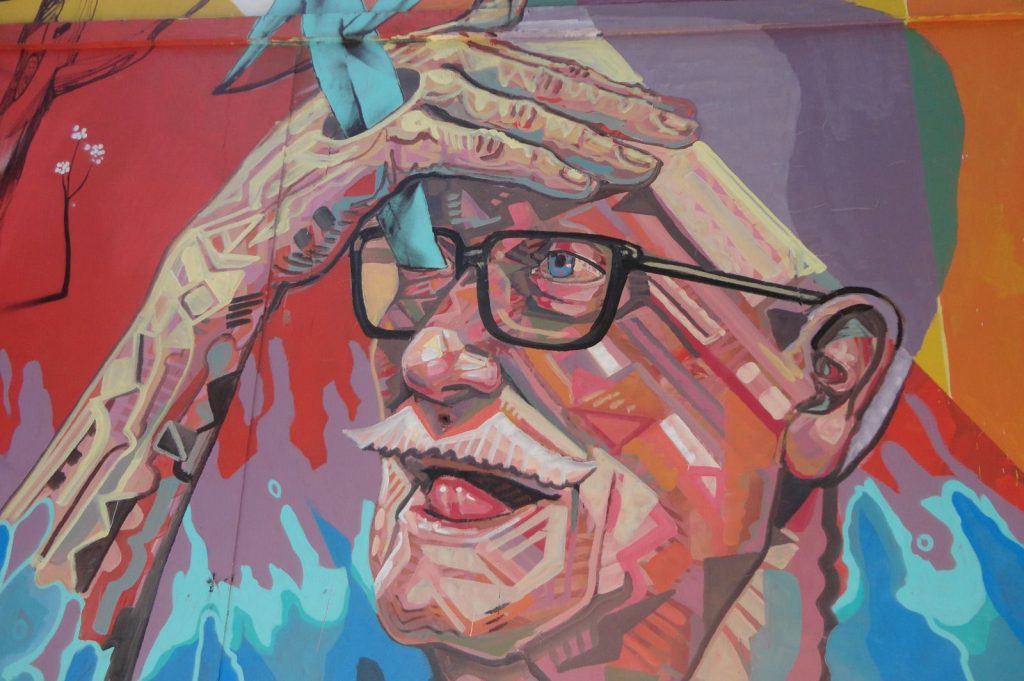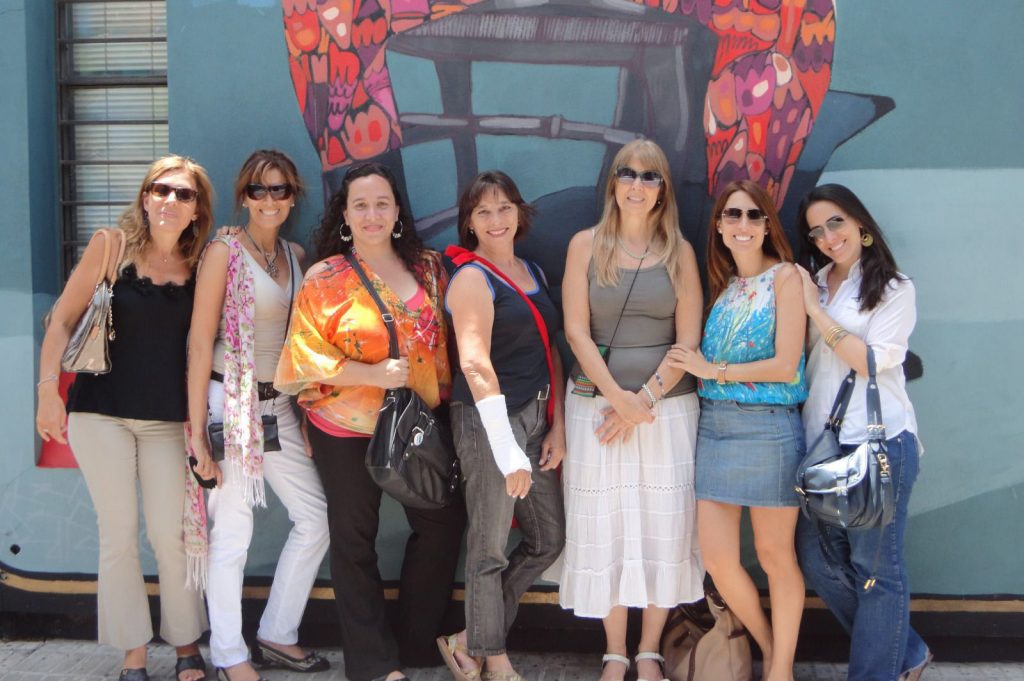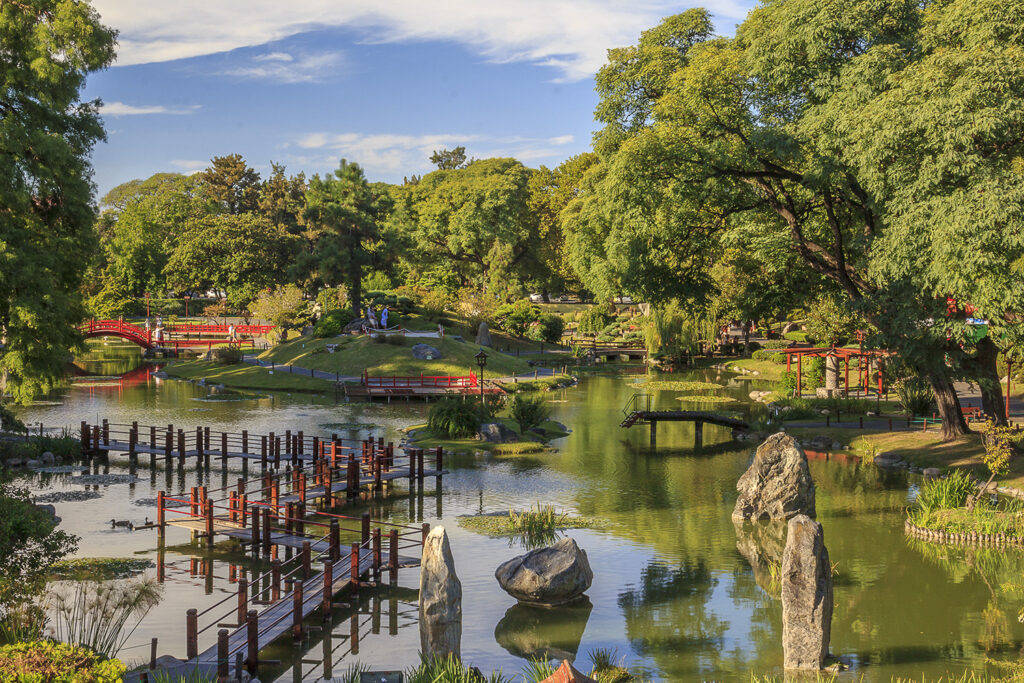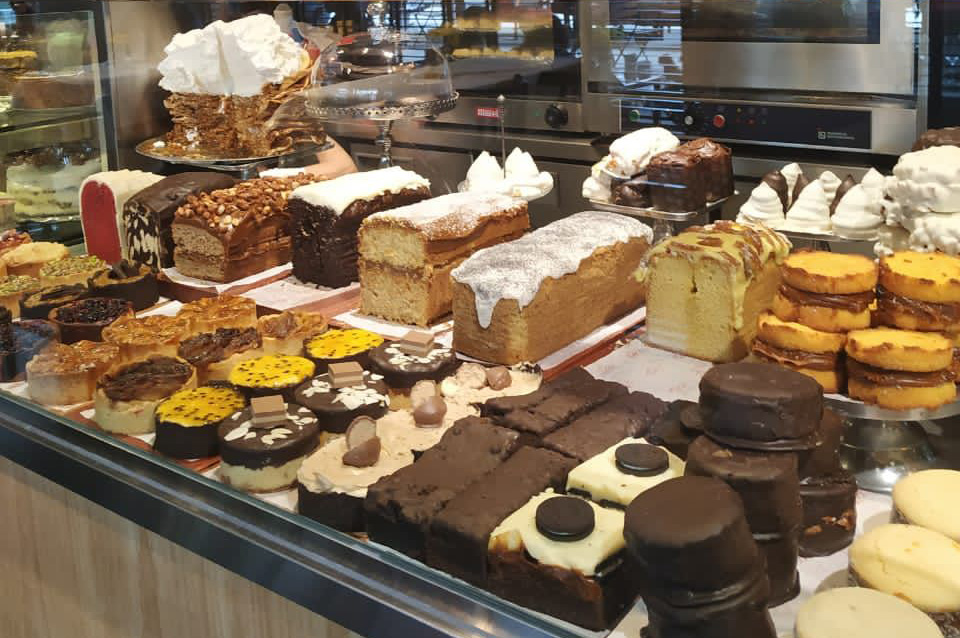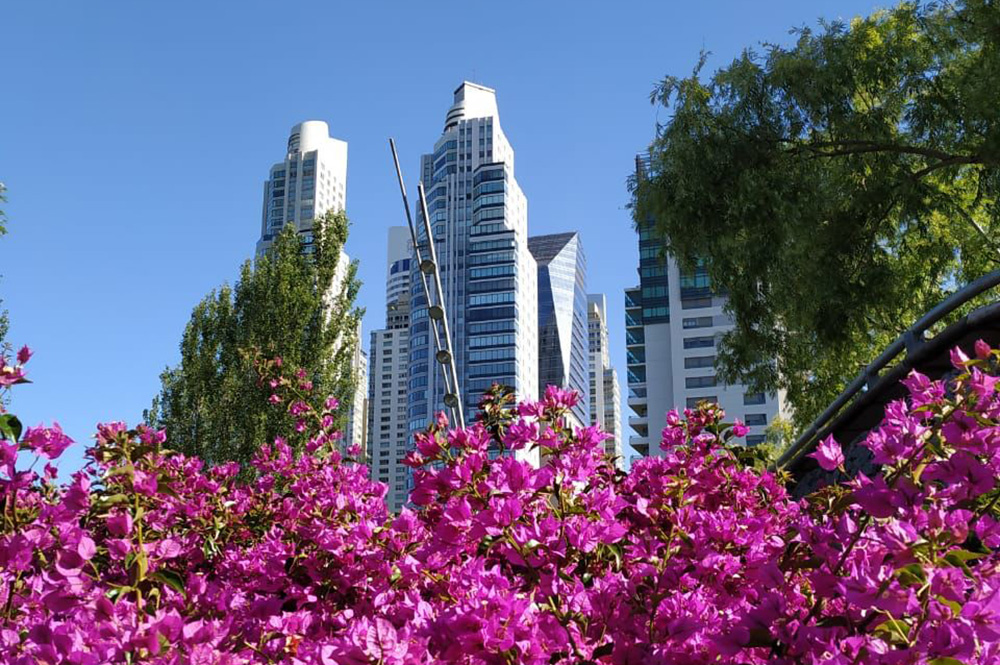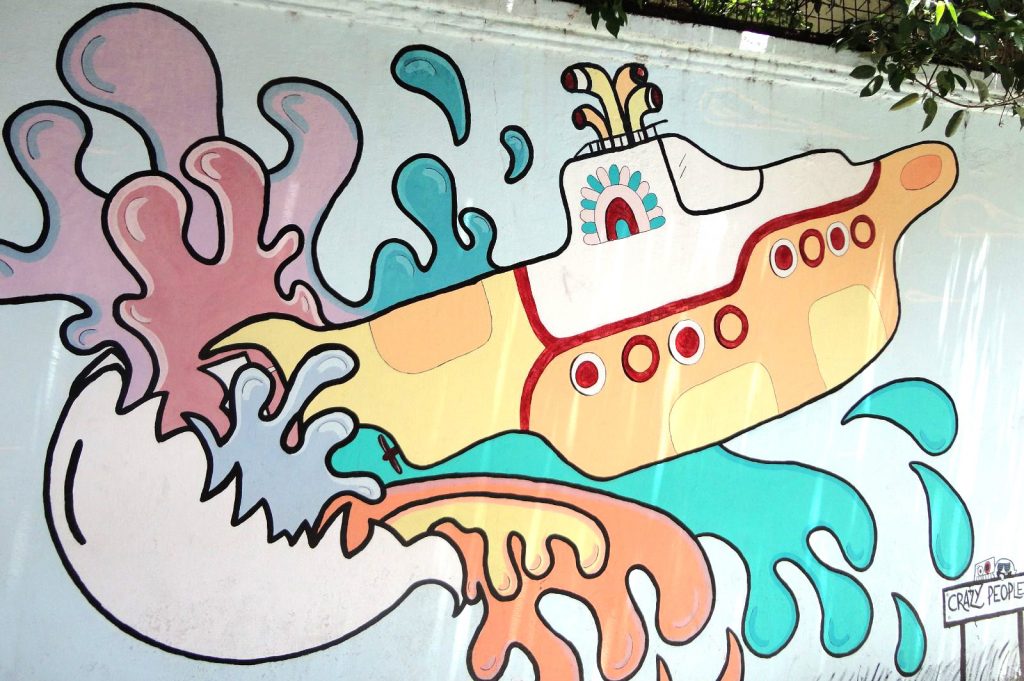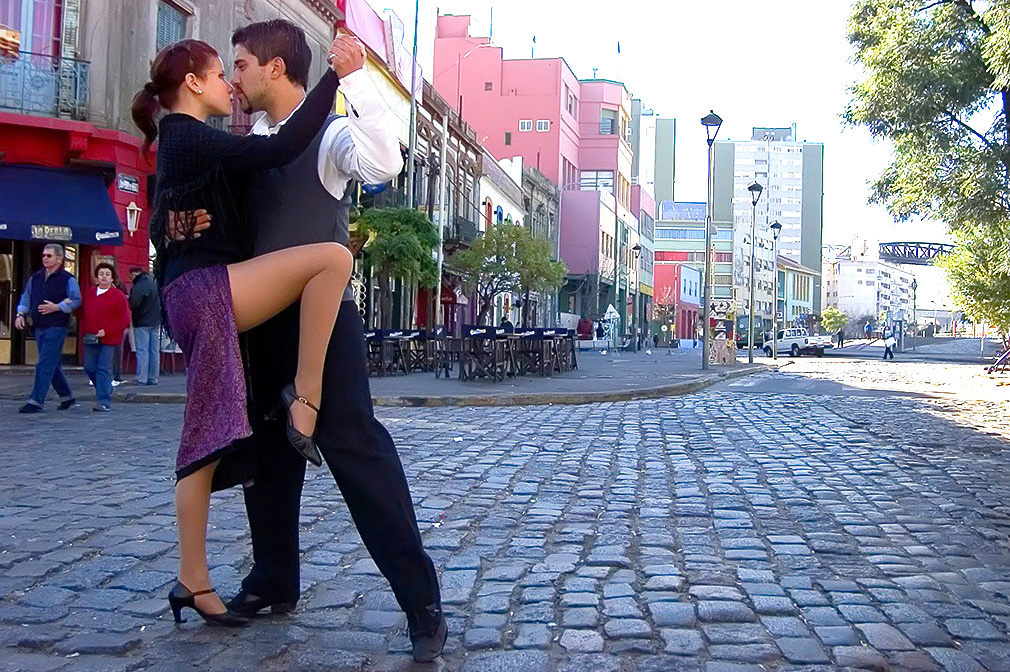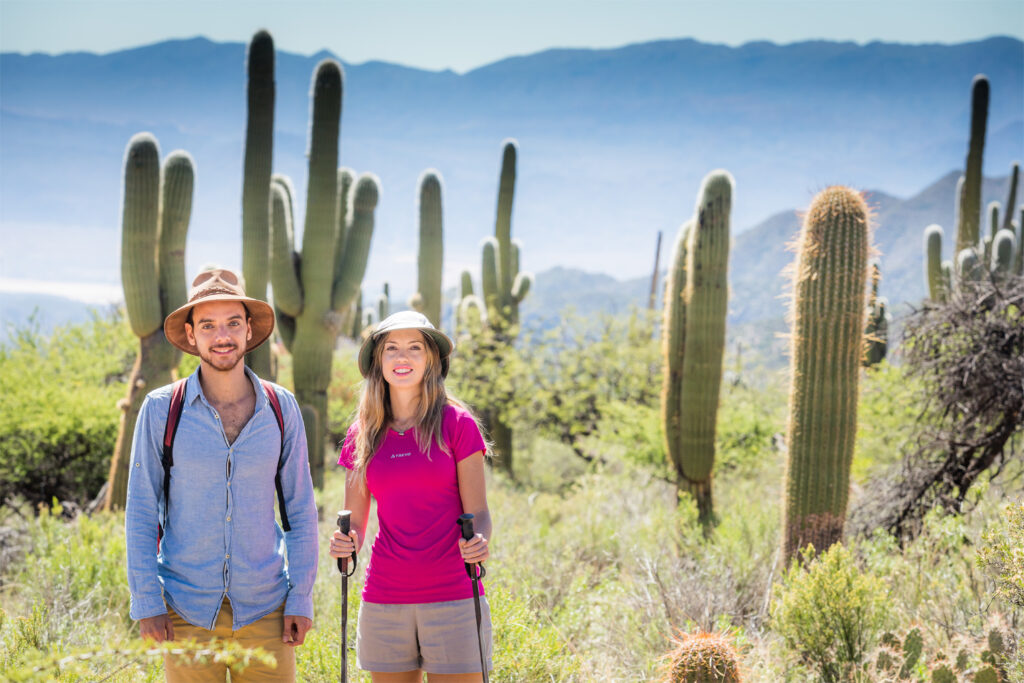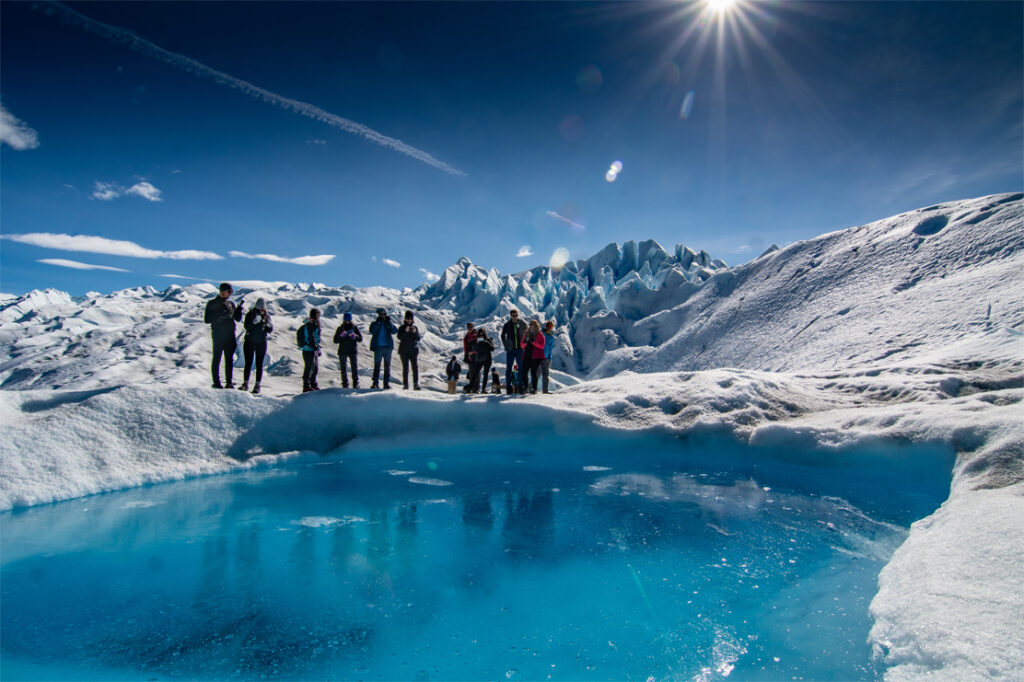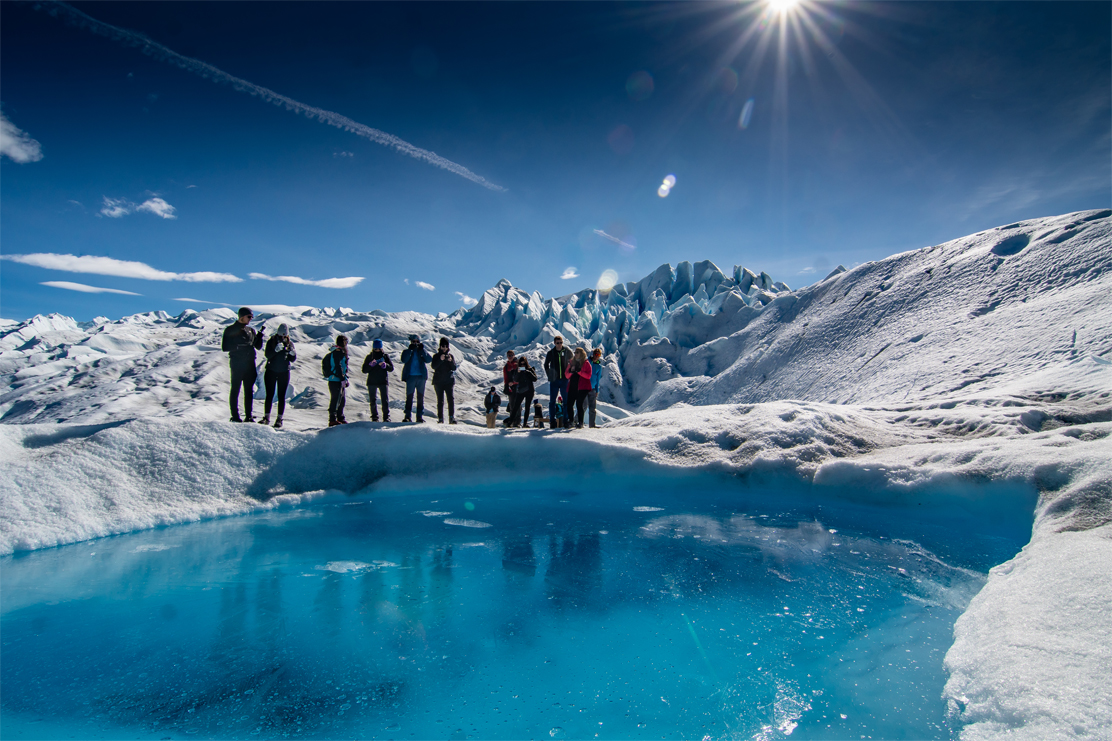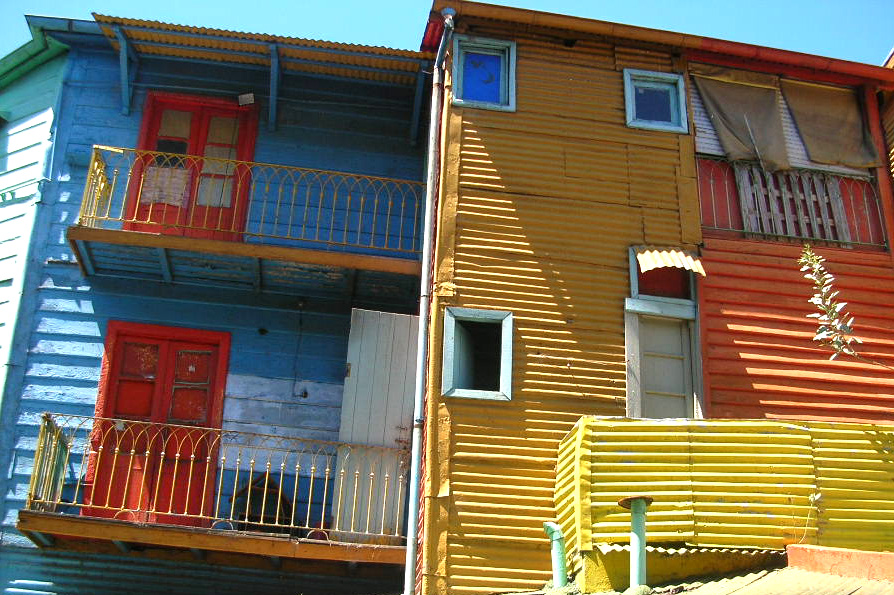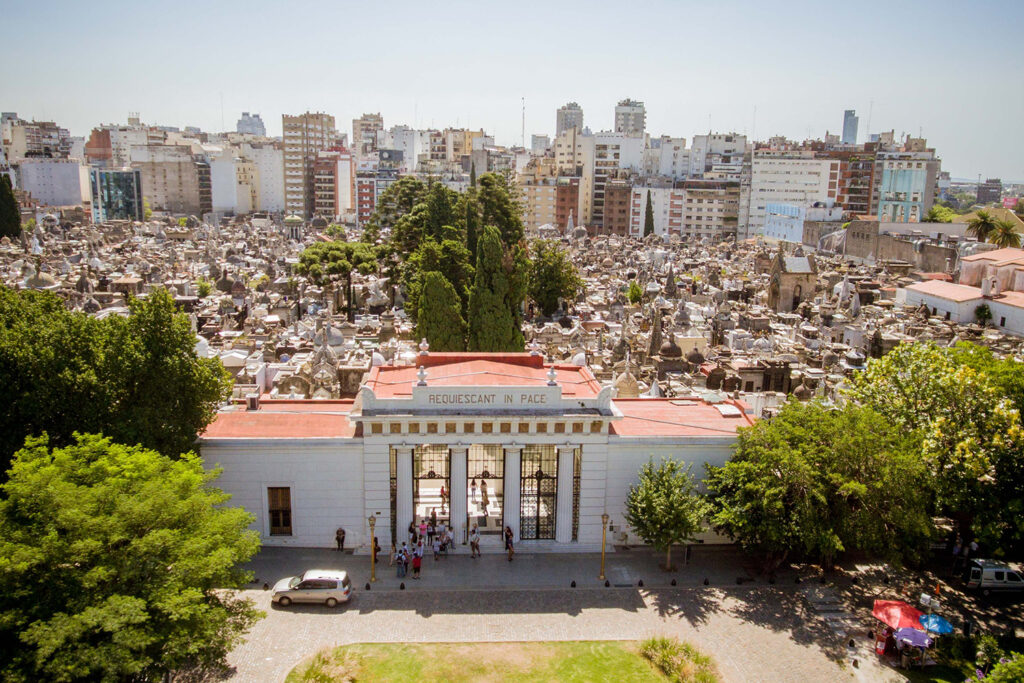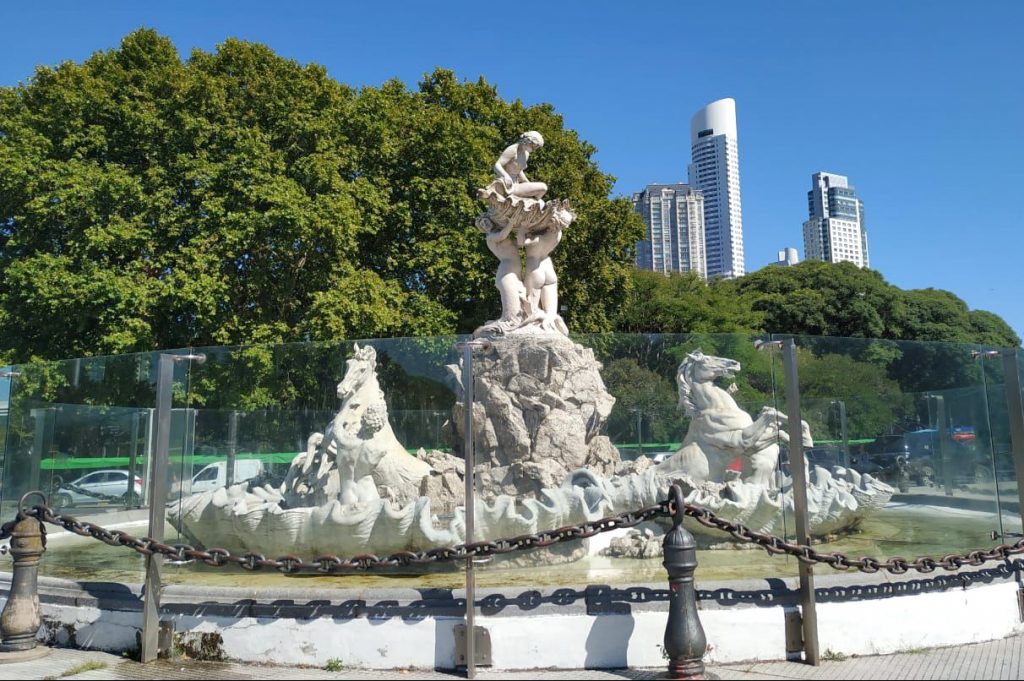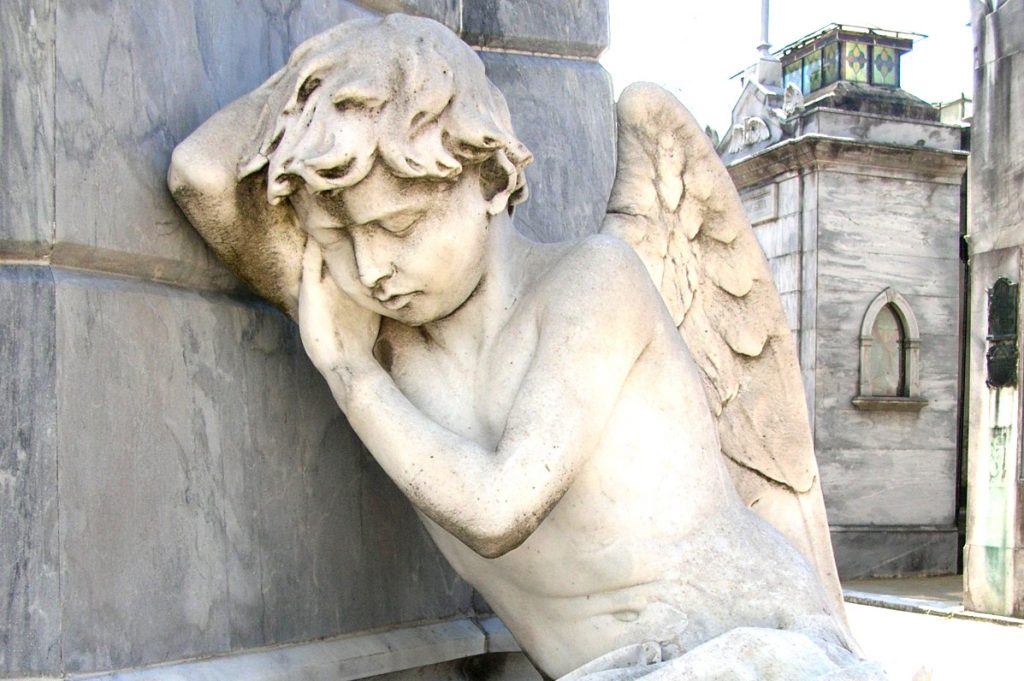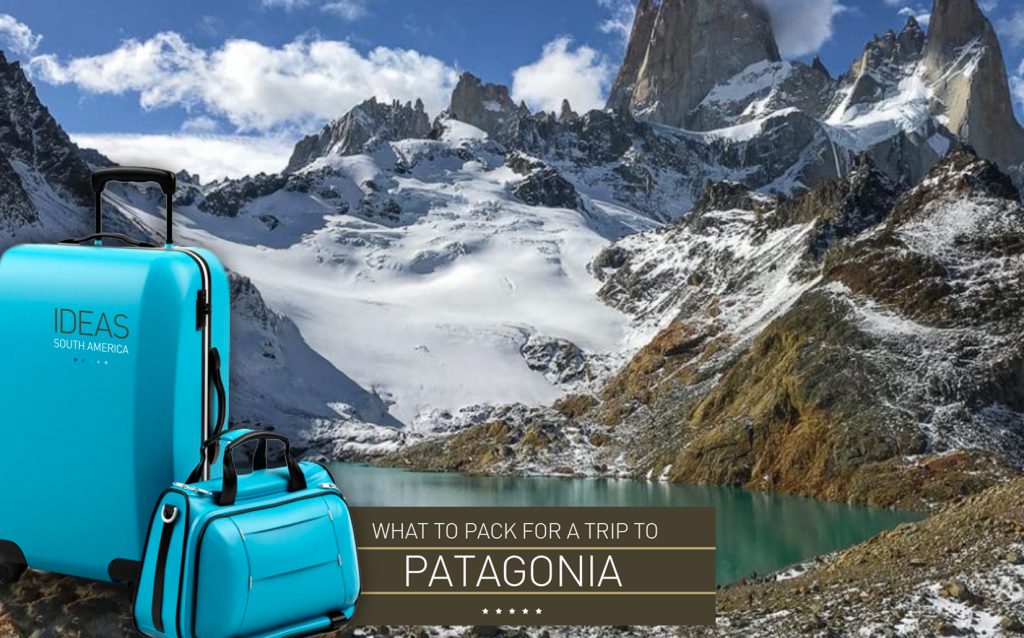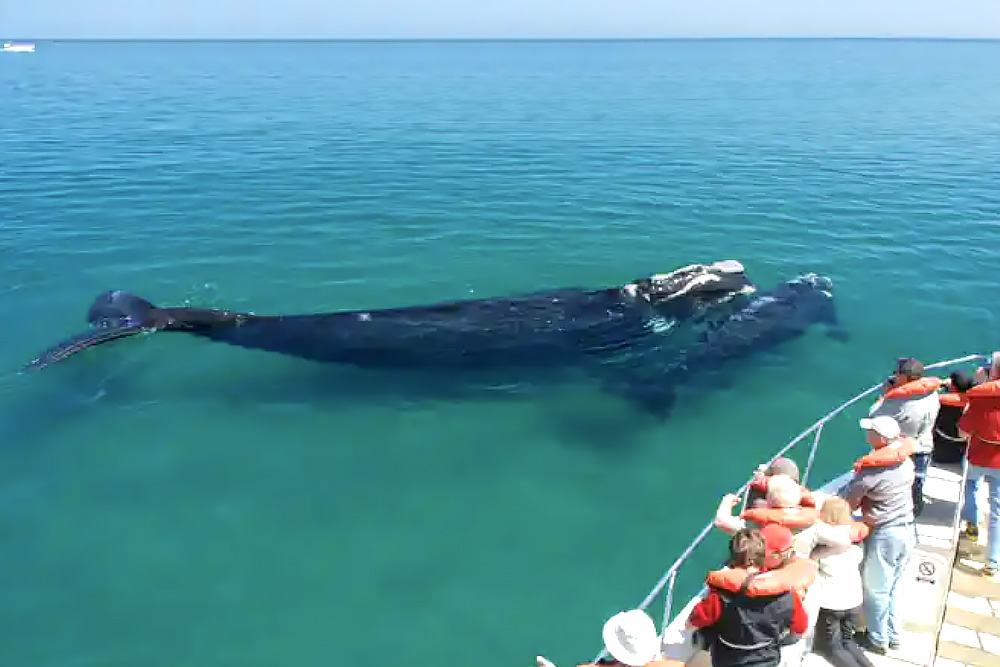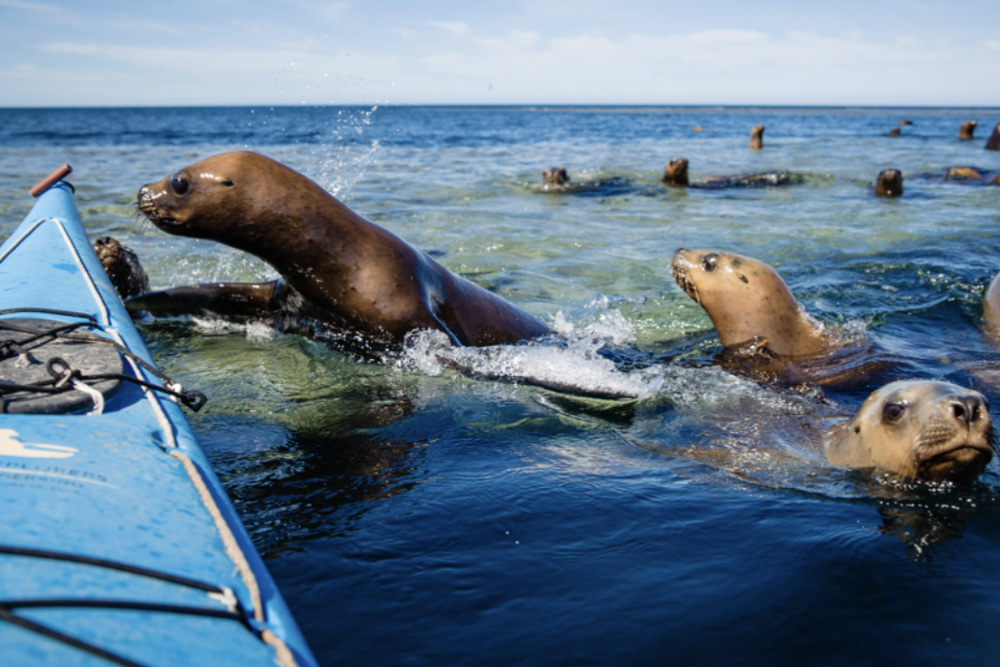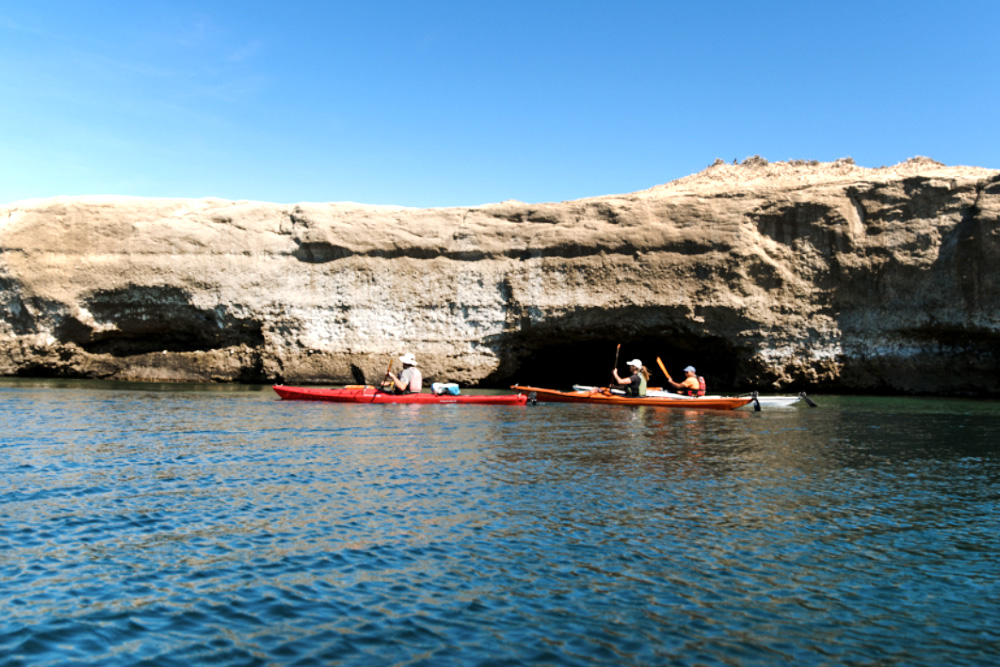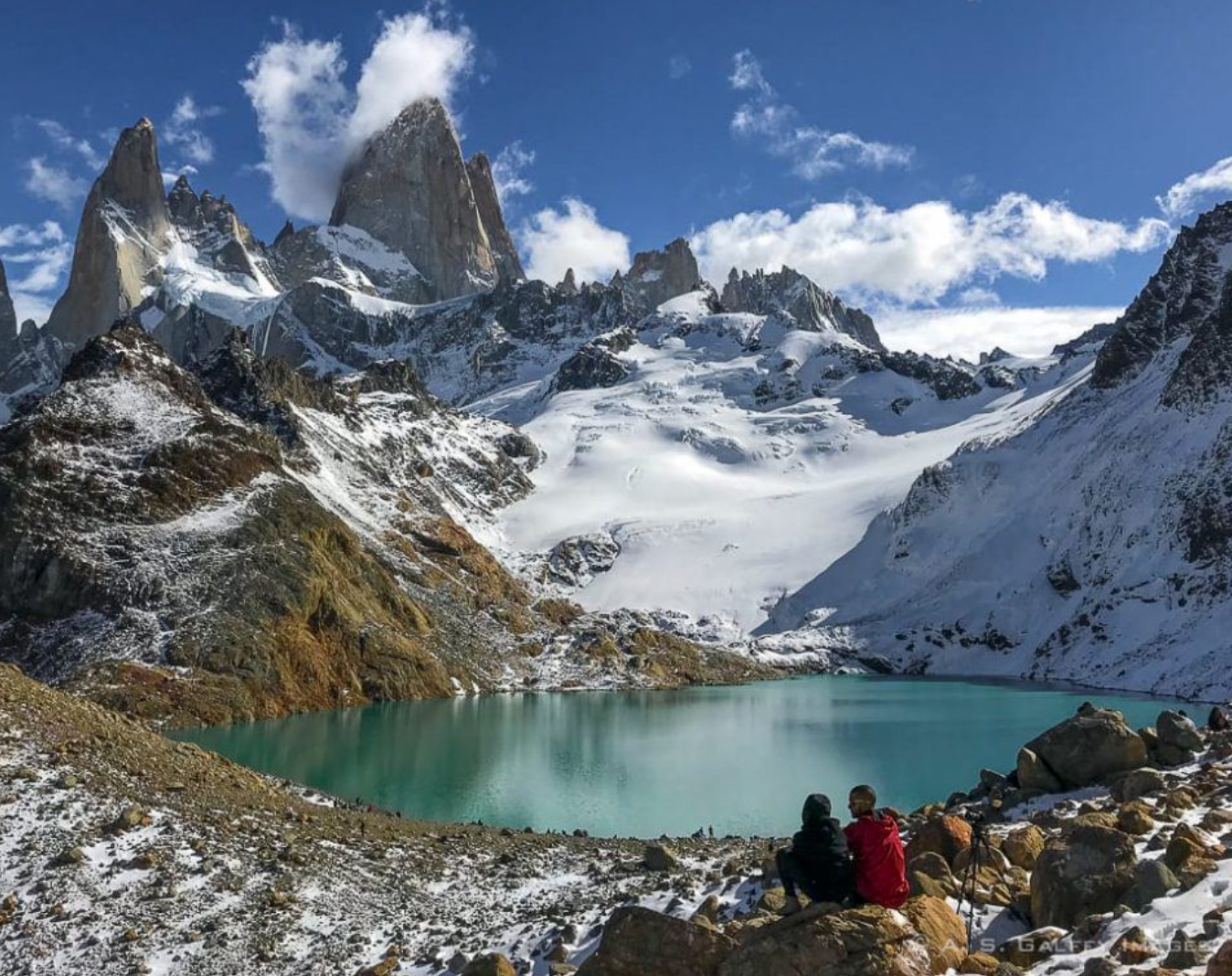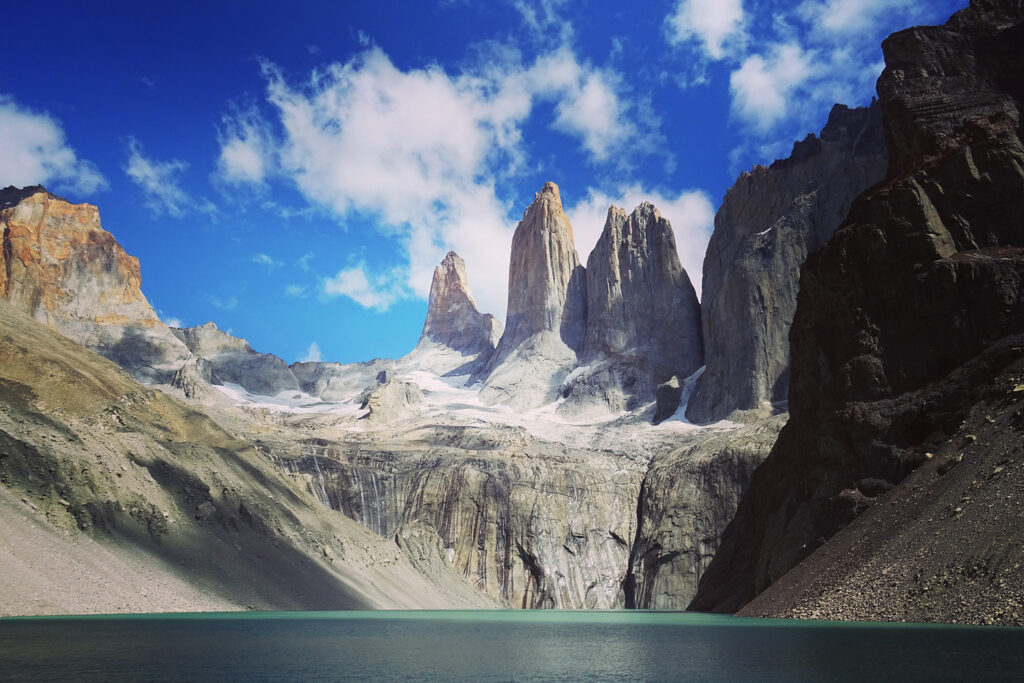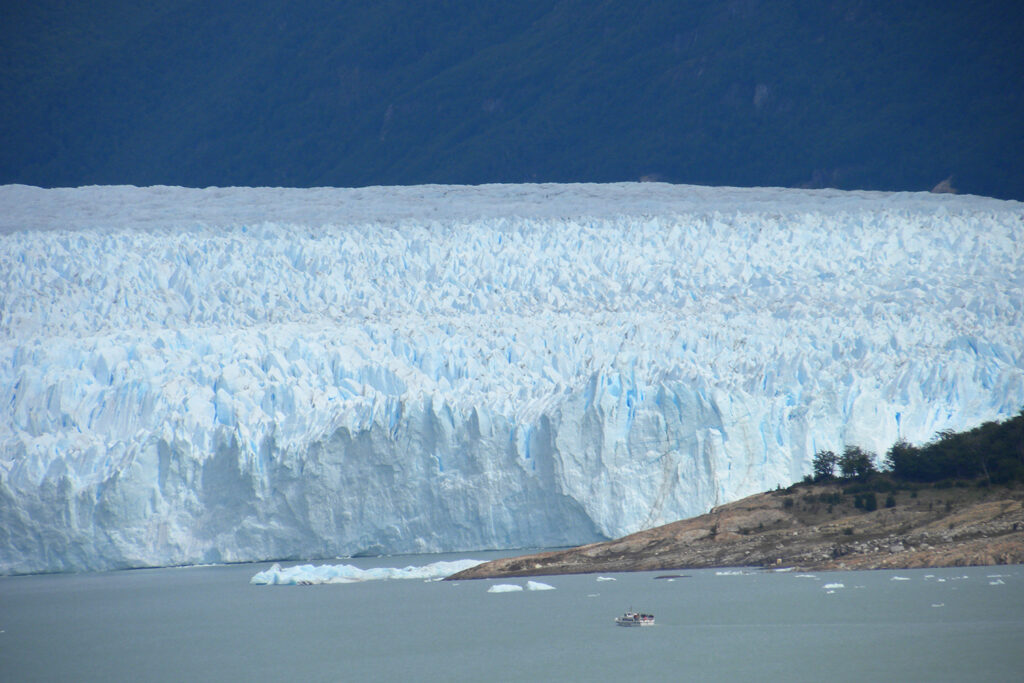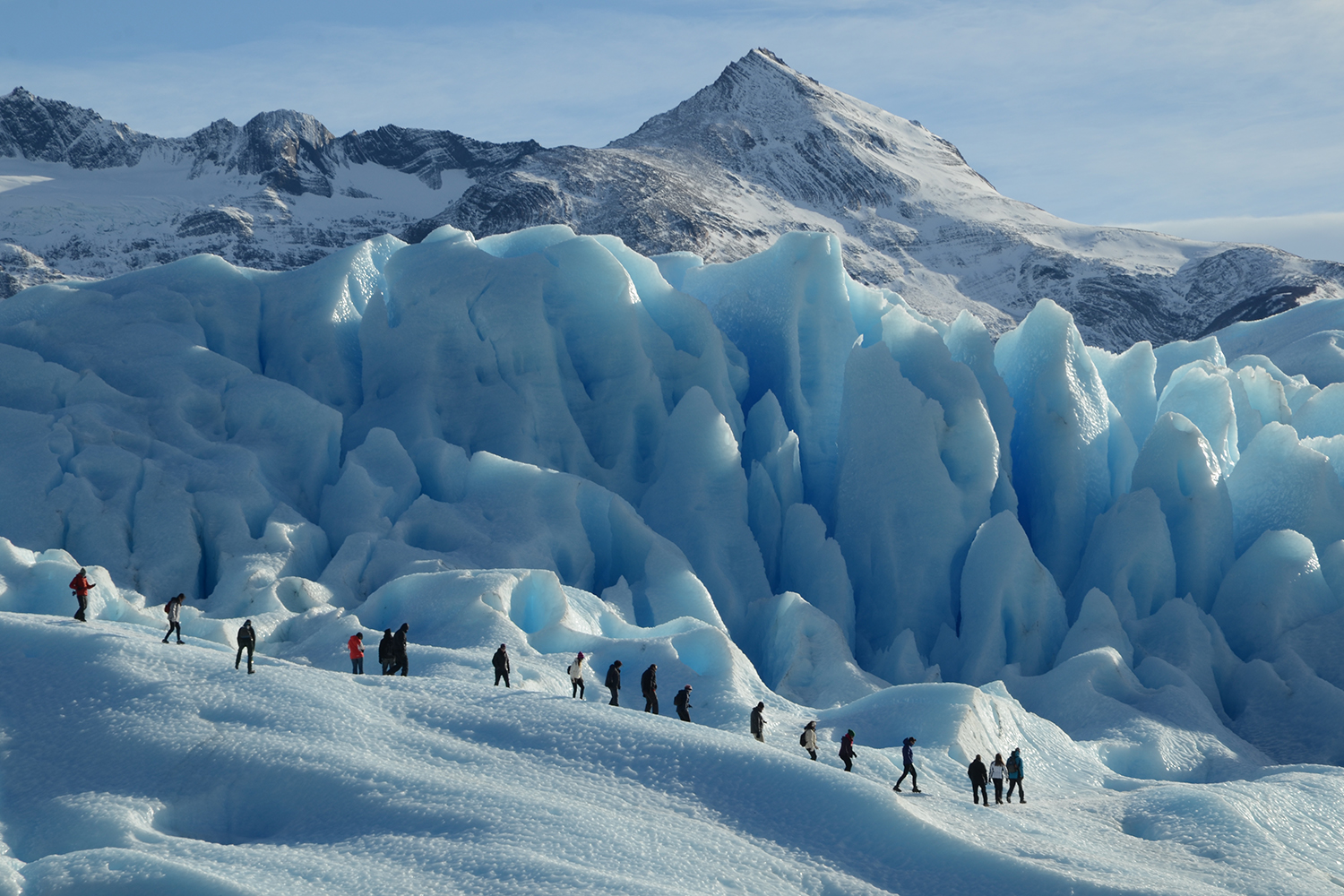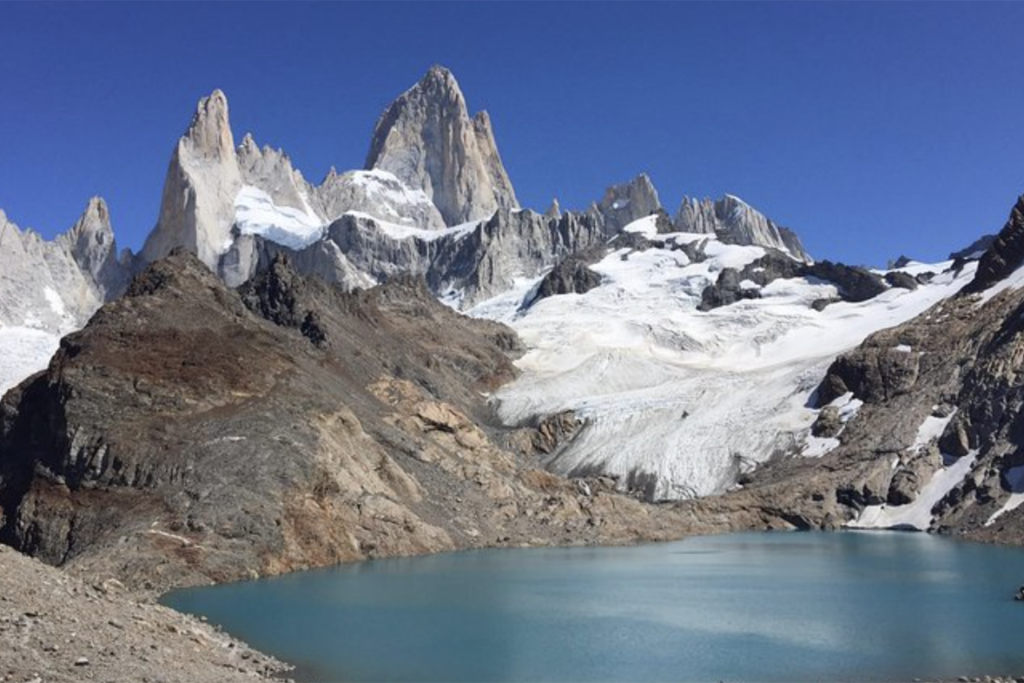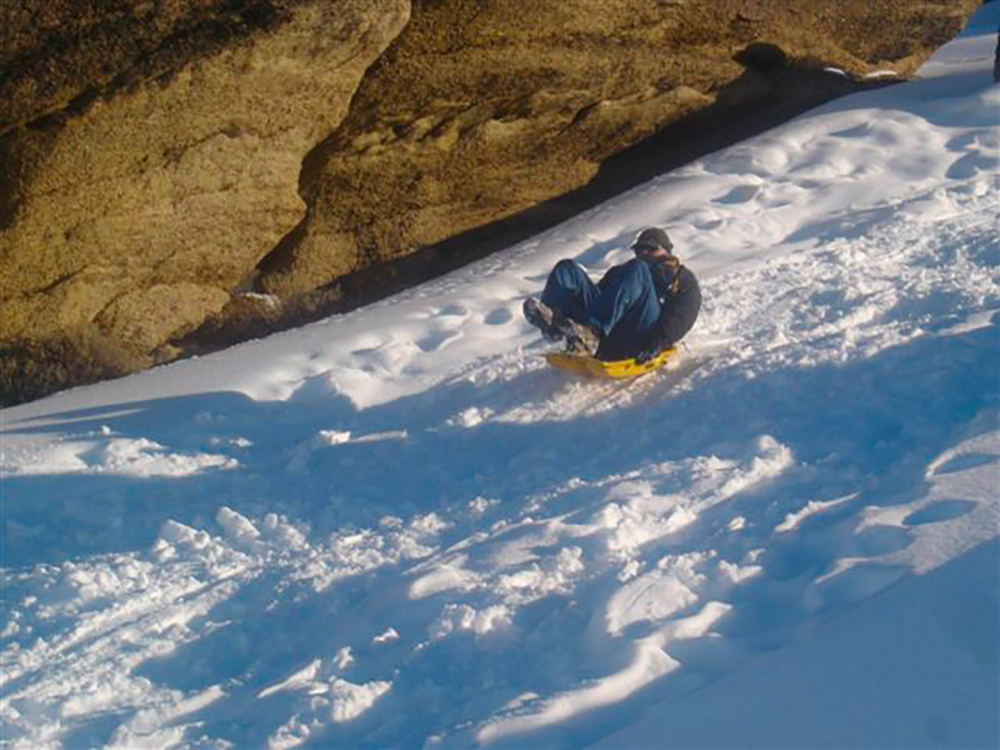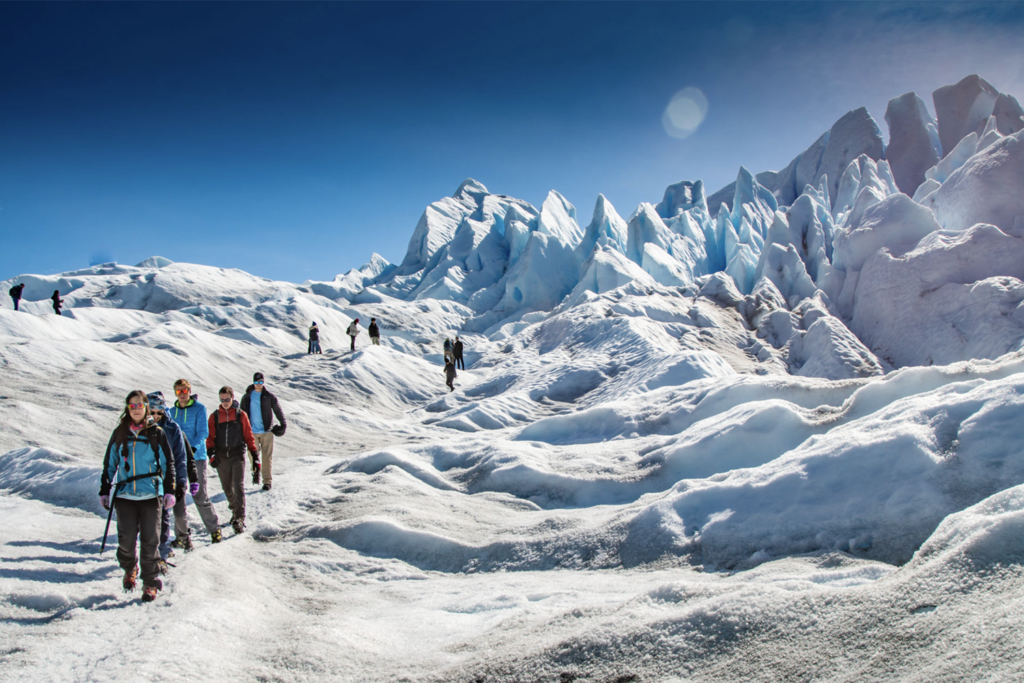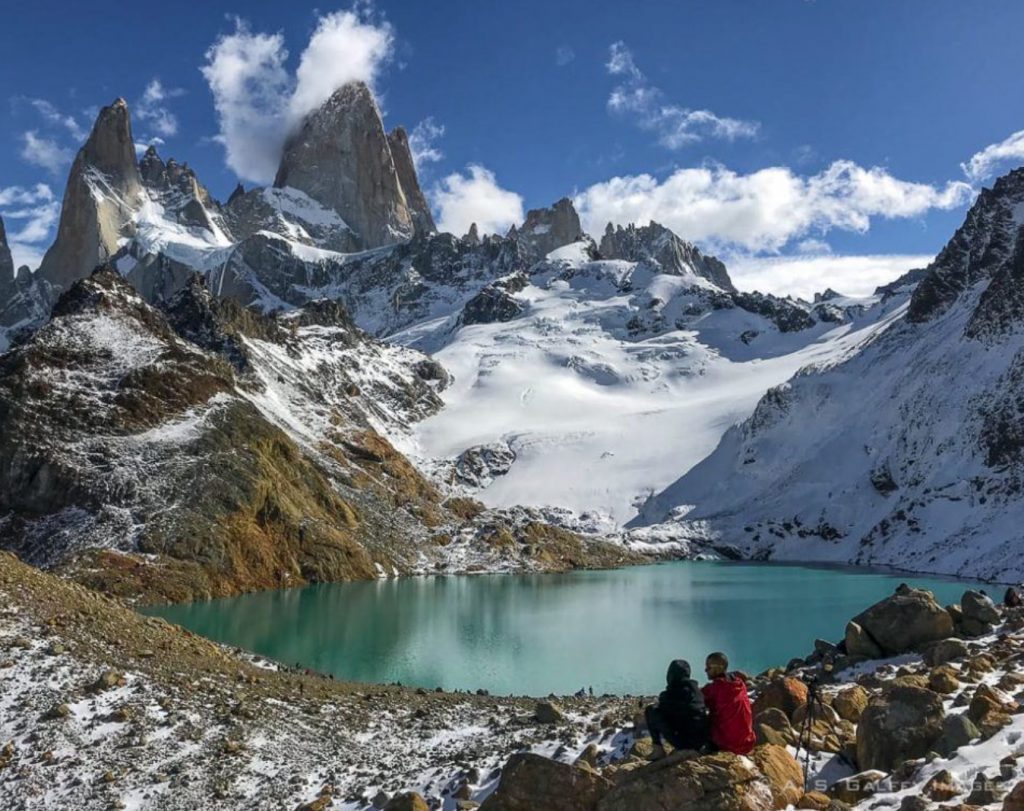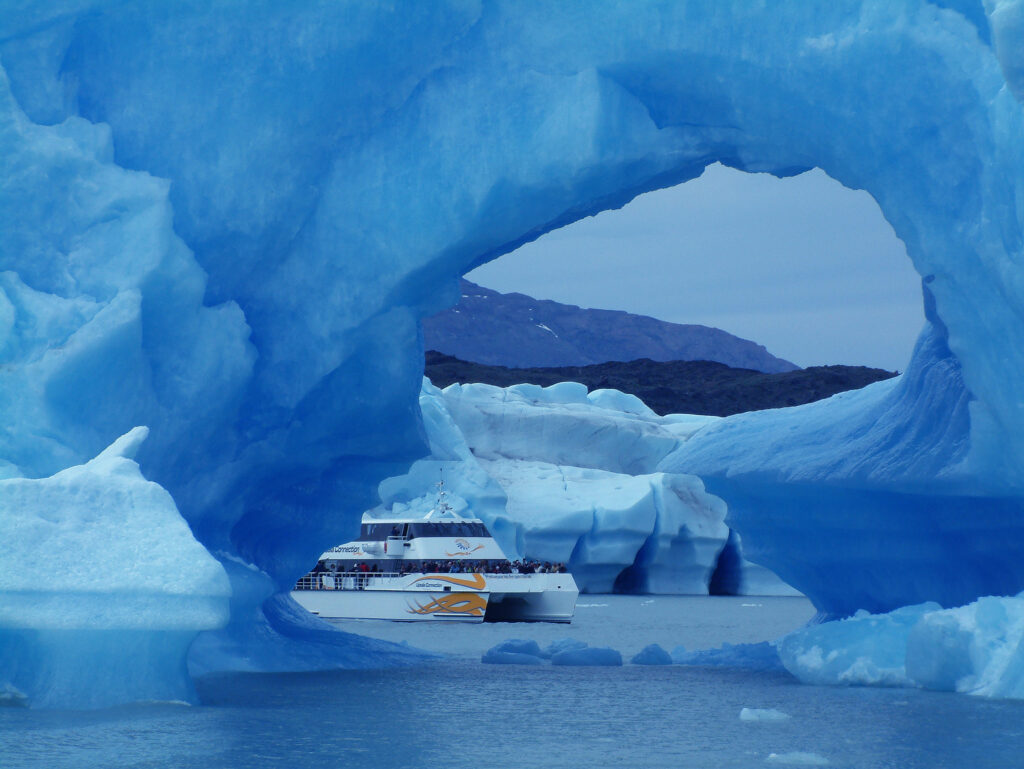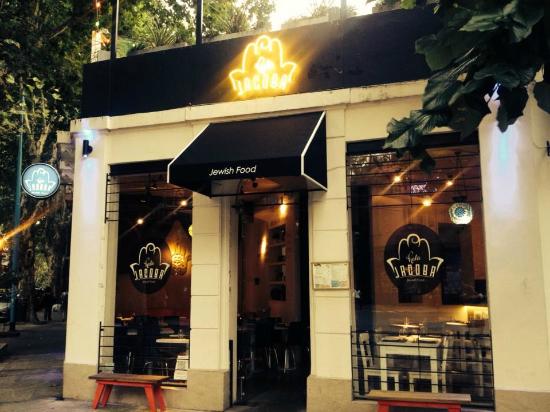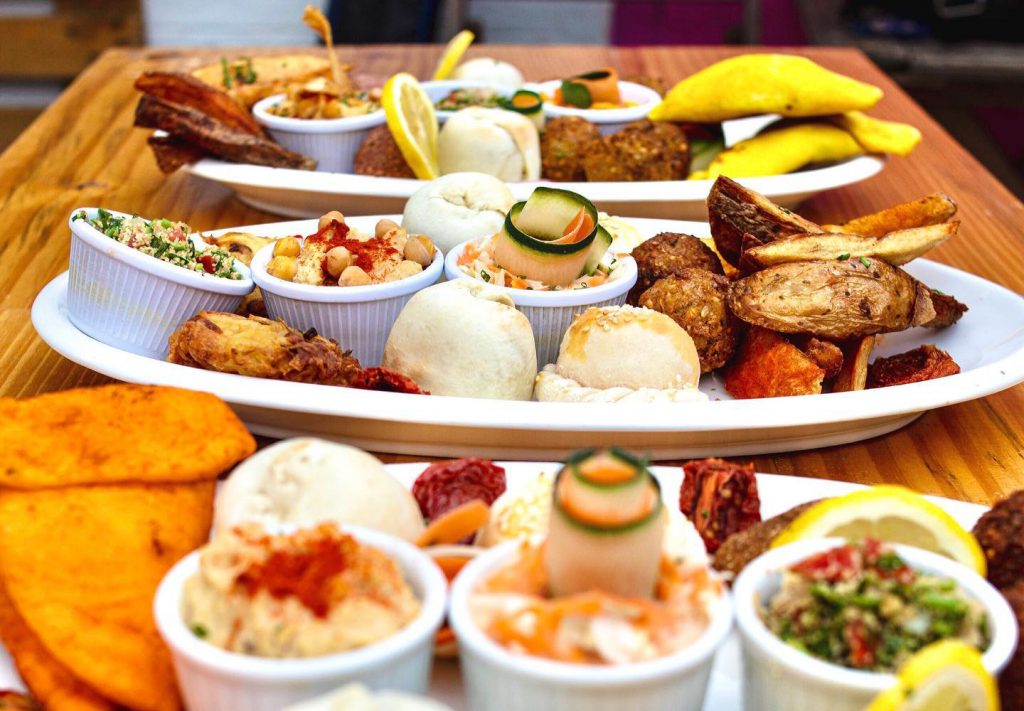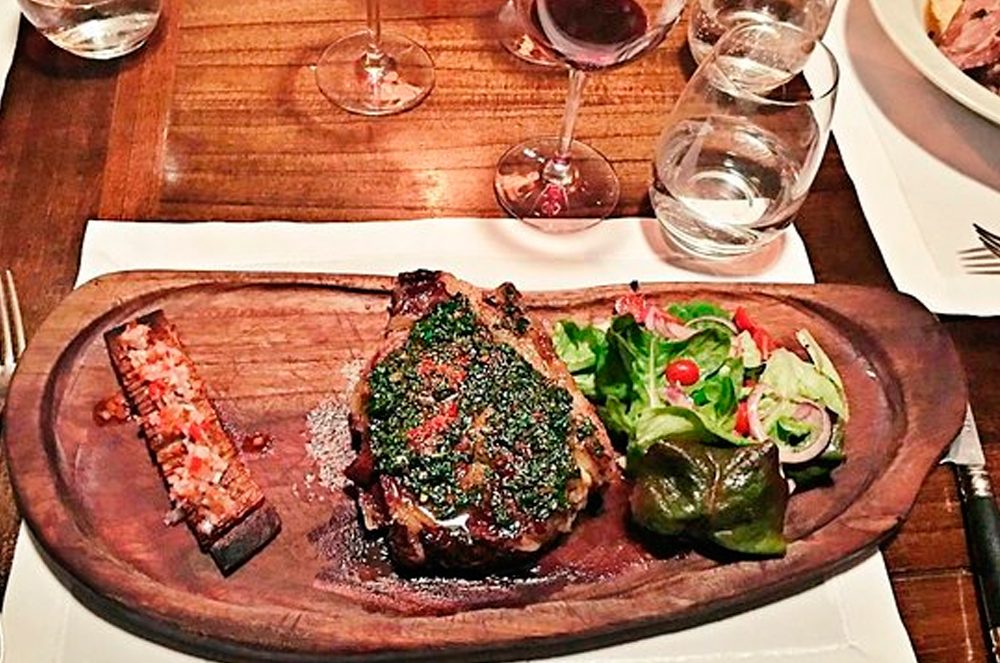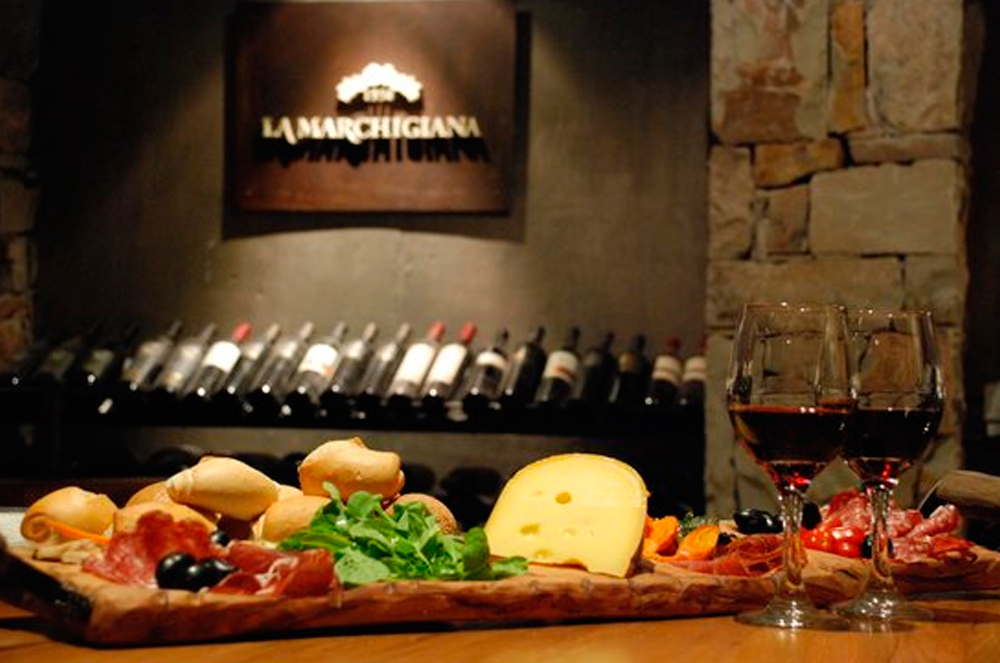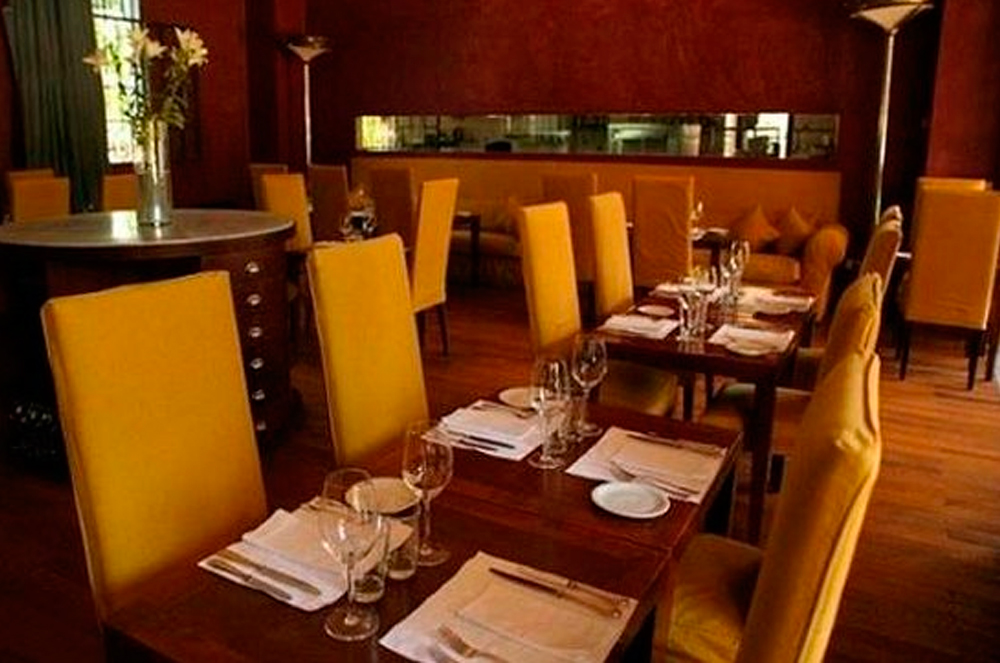• Test results are generally provided electronically. Test results are provided in Spanish.
• Current proof of a COVID-19 vaccine does not satisfy the testing requirement for all passengers arriving to the United States.
• International travelers to Argentina are restricted to the following ports of entry: Ministro Pistarini Ezeiza International Airport, San Fernando International Airport, Aeropuerto Internacional Gobernador Francisco Gabrielli “El Plumerillo”, Tte. Benjamín Matienzo International Airport, Buquebus Ferry Terminal; and the land border crossings of Paso de los Libres – Uruguayana, Sistema Cristo Redentor, San Sebastián, and Gualeguaychú – Fray Bentos.
• Foreign citizens traveling under this program are required to pay a fee to Argentine Immigration Office upon arrival.
• U.S. citizens residing in Argentina who enter the country will be exempted from quarantine so long as they have been fully vaccinated and the second dose has been given 14 days before arrival in Argentina. Argentine Authorities will require evidence of vaccination. See the Government Order here.
• A negative COVID-19 PCR test administered no more than 72 hours prior to departure is required for all arriving international travelers. Upon arrival all passengers will be required to undergo a COVID-19 PCR test administered by local health officials. All passengers are required to undergo a COVID-19 PCR test between the fifth and seventh day after arrival. All passengers must bear the costs of the COVID-19 test. Travelers may carry out social activities but they are prohibited from attending mass events or using collective land transport.
• All unvaccinated travelers, including minor children, are required to quarantine for seven days upon arrival.
• Is a negative COVID-19 test (PCR and/or serology) required for entry? Yes.
• A negative COVID-19 PCR test administered no more than 72 hours prior to departure is required for all arriving international travelers.
• Are health screening procedures in place at airports and other ports of entry? Yes.
• All passengers arriving in Argentina will be required to undergo a COVID-19 PCR test administered by local health officials. All passengers must bear the cost of the COVID-19 test.
• U.S. citizens who are legal residents in bordering countries are currently allowed to enter Argentina if they have been in the bordering country 14 days before arrival in Argentina and will be exempted from quarantine so long as they have been fully vaccinated and the second dose has been given 14 days before arrival in Argentina. Argentine Authorities will require evidence of vaccination. See the Government Order here.
